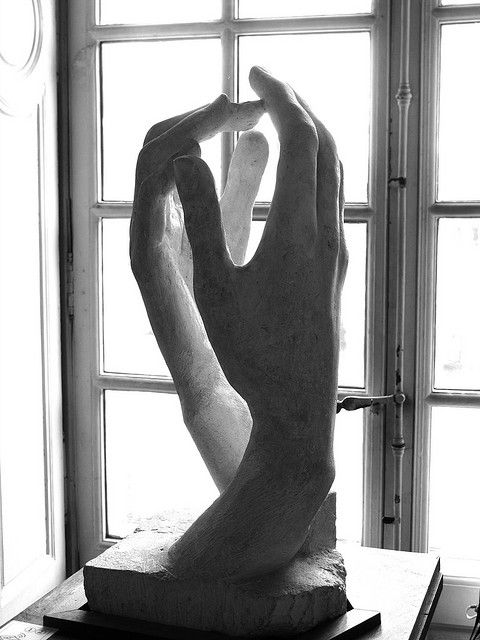Dear Integral Meditators,
How can you transform your busy-making ‘to-do’ list into an object of mindfulness? The article below explores one possible way!
Heads up for the Get Your Meditation Practice Started Now – The Shortest and Most Time Effective Meditation Workshop Ever next Saturday 16th June, 10-11.30am.
And last few days for the mindful stress-transformation coaching offer, see below 😉
In the spirit of mindful to-doing!
Toby
Stress transformation coaching with Toby is exactly that; it teaches you how you can transform your stress, anxiety and other difficult emotions into forces for the good in your life. The coaching focuses upon:
- Getting to know and understand the negative or conflicting energy and emotion in your life more deeply and intimately, seeing its potential value
- Developing the capacity to recycle, transform and redirect this difficult energy into a positive force that works for you rather than against you
- Find yourself thriving in situations and circumstances that would previously make you unhappy, fearful, inhibited and so on…Read on…
 Making mindful use of your to-do list
Making mindful use of your to-do list
Most of us have a ‘to do list’ most days. Quite often when you hear about practicing mindfulness, we are told to try and put down the to do list in our mind, in order to notice the present moment more.
There is one way that I have of using my own to do-list as a way of increasing my mindful appreciation, and it goes something like this. Every day I have my list of to-dos’. Often, they are written in my diary, alongside my appointments. At various points during the day I will open my diary and, with a little red pen cross off the actions and appointments that I have done so far. I will then pause for a few moments, and give myself a little appreciation for the things that I have done. I will also use what I have done to ensure that I am seeing that today has been a constructive day, where things have been achieved, and I take the time to note and feel good about that. I then proceed with the next few things in the list.
Of course, the list rarely ends, but my approach to my to do list ensures that I am using it to feel good about myself and my day, rather than taking what I have done for granted, and feeling oppressed (and maybe depressed) about the things that I have not yet done!
Structuring unstructured time with your list.
Sometimes if there is a gap in my routine and I sense a certain amount of anxiety around ‘what I am going to do with this time?’, then I’ll simply write a list of things to do, work, leisure or otherwise that will last me that morning, afternoon, or however long the open space is. I’ll then just get on with the tasks, and cross them off as I go. Then at the end of the time I’ll just look at the crossed-off list of what I’ve done for a short while, just to register and appreciate what I’ve done, and enjoy the fact that my time was well spent.
If you choose to use this way of working with your to-do list, then rather than getting in the way of your mindfulness practice, it becomes an active part of it. Your to-do list becomes a way of honing your attention, developing appreciation, becoming more effective in life, and deriving active pleasure from your achievements, great and small!
© Toby Ouvry 2018, you are welcome to use or share this article, but please cite Toby as the source and include reference to his website www.tobyouvry.com
Upcoming Courses at Integral Meditation AsiaOngoing on Wednesday’s, 7.30-8.30pm – Wednesday Meditation Classes at Basic Essence with Toby
Ongoing on Tuesday evenings, 7.30-8.30pm – Tuesday Meditation Classes at One Heart with Toby (East coast)
Saturday 16th June, 10-11.30am – Get Your Meditation Practice Started Now – The Shortest and Most Time Effective Meditation Workshop Ever
Saturday 23rd June, 10am-4.30pm – An Introduction to Meditation from the Perspective of Shamanism
Integral Meditation Asia
Online Courses * 1:1 Coaching * Books * Live Workshops * Corporate Mindfulness Training *Life-Coaching * Meditation Technology







 Lunar new year meditation 2018: Drawing Strength from your Deeper Values in the year of the Earth Dog
Lunar new year meditation 2018: Drawing Strength from your Deeper Values in the year of the Earth Dog

